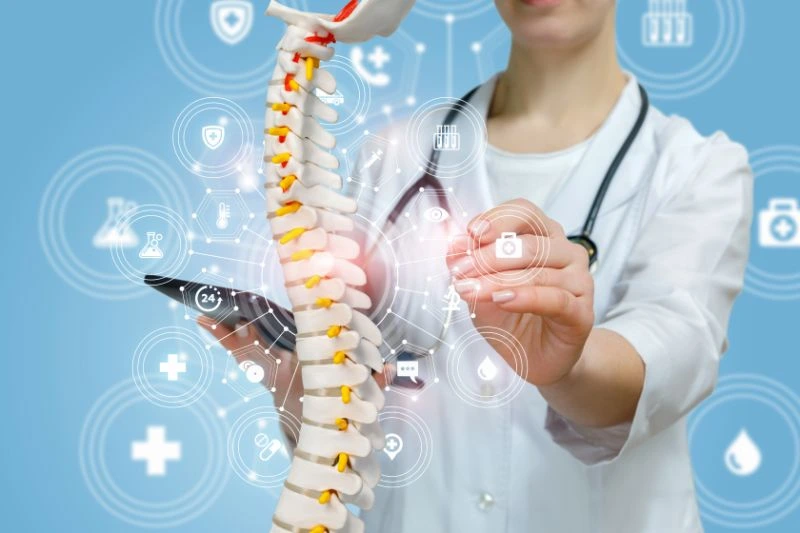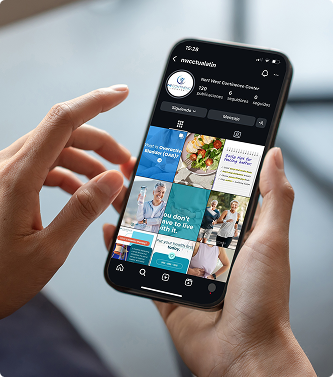Understanding the Trial Period of Spinal Cord Stimulation

If you’ve been struggling with chronic pain that hasn’t responded to traditional treatments, spinal cord stimulation (SCS) might offer the relief you’ve been seeking. But before making the commitment to a permanent implant, patients undergo a trial period to ensure that this therapy is the right fit.
At Spinal Diagnostics, our team guides you through this important step with personalized care and expert support.
What Is the Trial Period?
The trial period for spinal cord stimulation involves temporarily implanting a small device that delivers mild electrical pulses to the spinal cord. These pulses interrupt pain signals before they reach the brain, reducing your perception of pain.
The trial usually lasts about 5-7 days and is designed to help you determine whether SCS significantly reduces your pain and improves your function and quality of life.
What to Expect During the Trial
Here’s how the trial process works:
- A pain specialist places temporary leads into your epidural space during a minimally invasive procedure.
- You’re given an external pulse generator to wear on your belt or clothing.
- You can adjust the stimulation levels using a remote control to manage your pain.
- Throughout the trial, you track your pain levels and daily activities to evaluate the effectiveness.
The procedure is performed on an outpatient basis, and most people return home the same day.
Who Is a Candidate for a Trial?
SCS trials are typically recommended for patients who have:
- Chronic pain in the back, legs, or arms that hasn’t responded to conservative treatments
- Conditions such as failed back surgery syndrome, complex regional pain syndrome (CRPS), or neuropathic pain
- A willingness to explore advanced therapies after exhausting other options
Before proceeding, we conduct a full evaluation to ensure you’re a good candidate for the trial and eventual implantation.
What Happens After the Trial?
If you experience a significant reduction in pain (typically 50% or more) and improved function during the trial, you may be a candidate for permanent implantation. If not, the leads are removed without permanent changes, and we explore alternative treatment paths.
Spinal cord stimulation isn’t right for everyone, but the trial gives you a low-risk opportunity to test its benefits firsthand.
Want to learn more about SCS and whether a trial might be right for you? Contact Spinal Diagnostics today to schedule a consultation.

